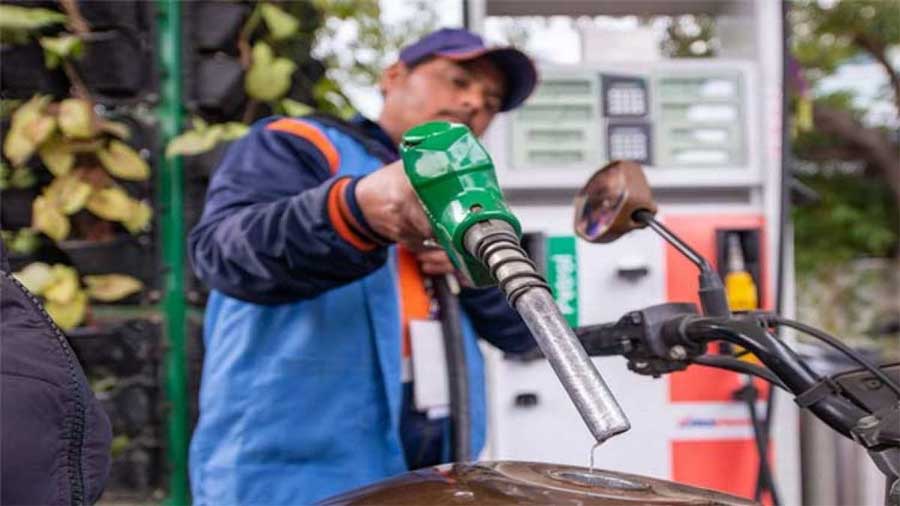Climate Change Risks May Cause A 18% to 20% Drop In Pakistan’s GDP By 2050, Says WB
Monitoring Desk
ISLAMABAD: Pakistan’s annual Gross Domestic Product (GDP) is at risk of fall by 18 to 20 per cent by 2050 due to the combined risks from intensification of climate change and environmental degradation in the country, if the climate change issues are left unaddressed.
“The combined risks from the intensification of climate change and environmental degradation, unless addressed, will further aggravate Pakistan’s economic fragility; and could ultimately reduce annual GDP by 18 to 20 per cent per year by 2050, based on the optimistic and pessimistic scenarios”, a report recently published by the World Bank said.
Between 6.5 and 9 per cent of GDP will likely be lost due to climate change (in the optimistic and pessimistic scenarios, respectively) as increased floods and heatwaves reduce agriculture and livestock yields, destroy infrastructure, sap labour productivity, and undermine health, the report added.
Additionally, water shortages in agriculture could reduce GDP by more than 4.6 per cent, and air pollution could impose a loss of 6.5 per cent of GDP per year.
The use of water for non-agricultural purposes is likely to increase significantly with climate change. Under a high-growth (4.9 per cent per year) and high-warming (3°C by 2047) scenario, water demand is projected to increase by almost 60 per cent, with the highest rates of the increase coming from the domestic and industrial sectors, the report said.
It added that climate warming will account for up to 15 per cent of this increase in demand. “This heightened demand will result in unintended consequences that deprive downstream areas of water rights. The competition among sectors will necessitate inter-sectoral tradeoffs that will likely be made at the expense of water for agriculture,” the report stated.
It is projected that, in the next three decades, about 10 per cent of all irrigation water will need to be repurposed to meet non-agricultural demand. “Freeing up 10 per cent of irrigation water without compromising food security will be a complex challenge that will require substantial policy reforms to incentivise water conservation and increase water use efficiency in the agricultural sector and a shift away from water-thirsty crops as well as better environmental management.”






